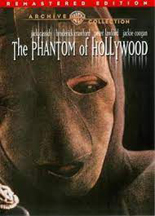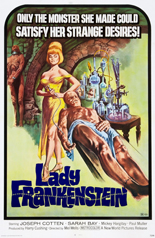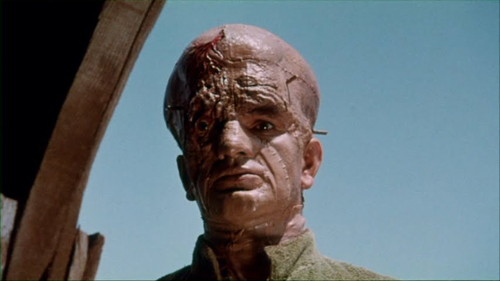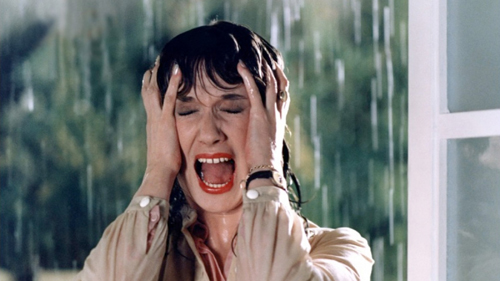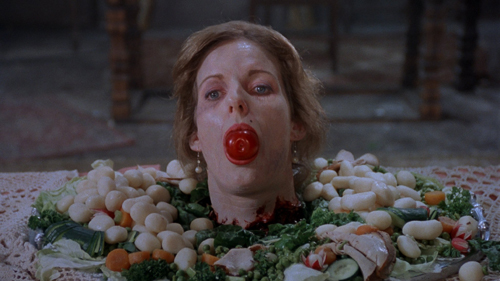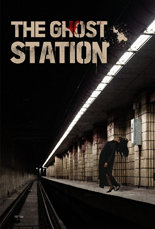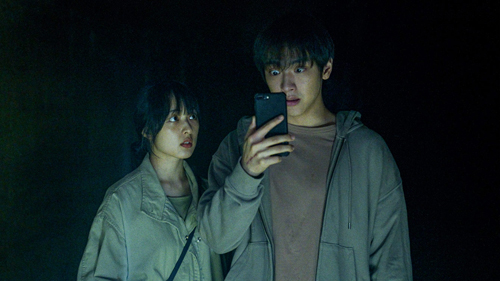
For the movies, Gaston Leroux’s opera-dwelling phantom has been a literary gift that keeps on giving. Witness Brian De Palma’s cult classic Phantom of the Paradise, the ’80s straight-to-VHS slasher Phantom of the Mall and the somewhat obscure The Phantom of Hollywood, a 1974 CBS movie of the week.
Without me telling you, you can guess its basic story points: The fictional Worldwide Studios has plans to demolish its backlot, which doesn’t sit well with the masked, mace-wielding figure who lives among its sets and subterranean tunnels. Once he gets wind of it, he leaves notes and makes calls to studio execs (Rat Packer Peter Lawford among them) that amount to outright threats of death: “To destroy the backlot is to destroy yourself!”
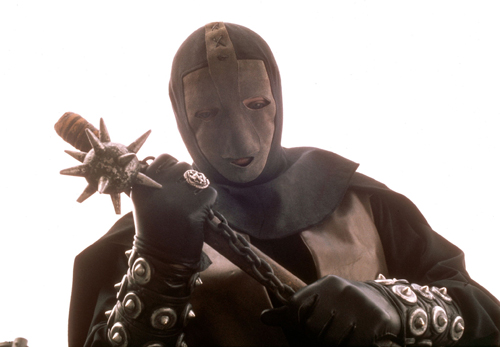
They ignore him; fatal “accidents” happen; the Phantom kidnaps a lovely woman (Skye Aubrey, The Carey Treatment); and things don’t go as smoothly as he planned.
Given our overexposure to Leroux’s plot, it’s not at all taxing to guess the identity of the Phantom. This is no detraction, however; its very familiarity is comforting and welcome. The pleasures of this Phantom, as with every twist-’em-up version, is seeing how the filmmakers will modernize each element of the original Opera. So what if this one is a little insidery and self-congratulatory? It does not fail to entertain, and does so efficiently, in fewer than 75 minutes.
It’s an added treat for old-school film buffs, as viewers not only see clips from celebrated movies like The Wizard of Oz, but also get good glimpses of the MGM backlot, which ironically, was being destroyed at the time. That might be the only reason this nifty telefilm exists. Regardless, I’m glad it does. —Rod Lott

